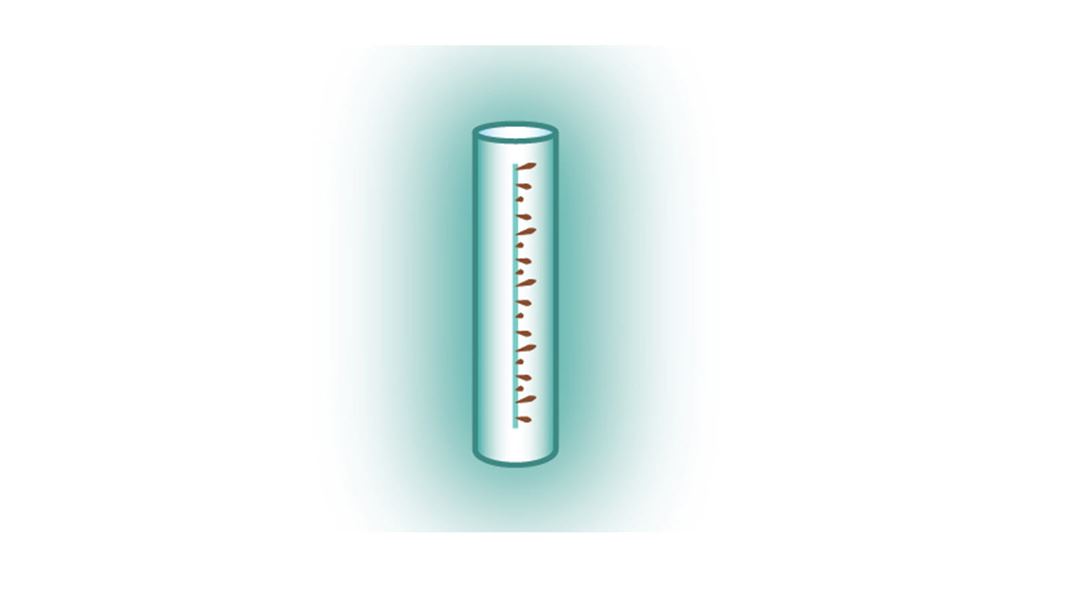WP1: Seedling Biology (SINTEF Ocean, NTNU, UiO, Aarhus University, Industry partners)
In MACROSEA the seedlings production protocols for sugar kelp Saccharina latissima, winged kelp Alaria esculenta and dulse Palmaria palmata have been improved to enable upscaled cultivation.

For cultivation of macroalgae in sea farms a sufficient number of seedlings of good quality on rope or other substrates is required. In MACROSEA the seedlings production protocols for sugar kelp Saccharina latissima, winged kelp Alaria esculenta and dulse Palmaria palmata have been improved to enable upscaled cultivation. For sugar kelp the industrialised cultivation protocol developed by SINTEF Ocean has been optimized suggesting 6 weeks cultivation on thin lines in large vertical flow-through incubators before transfer to thicker carrier ropes using a specialized "spinning-machine" before deployment at sea. Winged kelp is usually cultivated from gametophyte cultures due to a very short period with natural available spore containing sporophytes. MACROSEA have improved cultivation techniques including a method for fertility induction and for measurement of density and quality of gametophytes. Dulse is not cultivated commercially in Norway due to a complex life cycle and a very low yield of both seedlings for deployment and of harvestable biomass. MACROSEA has brought forward new knowledge on timing of natural fertility, induction of spore release, methods to increase the number of seedlings from the mother plants, methods for seeding of ropes and net, and testing of conditions for incubation of spores and seedlings. The work resulted in a successful sea cultivation trial with seedlings on nets in a sea farm in Mid-Norway.



